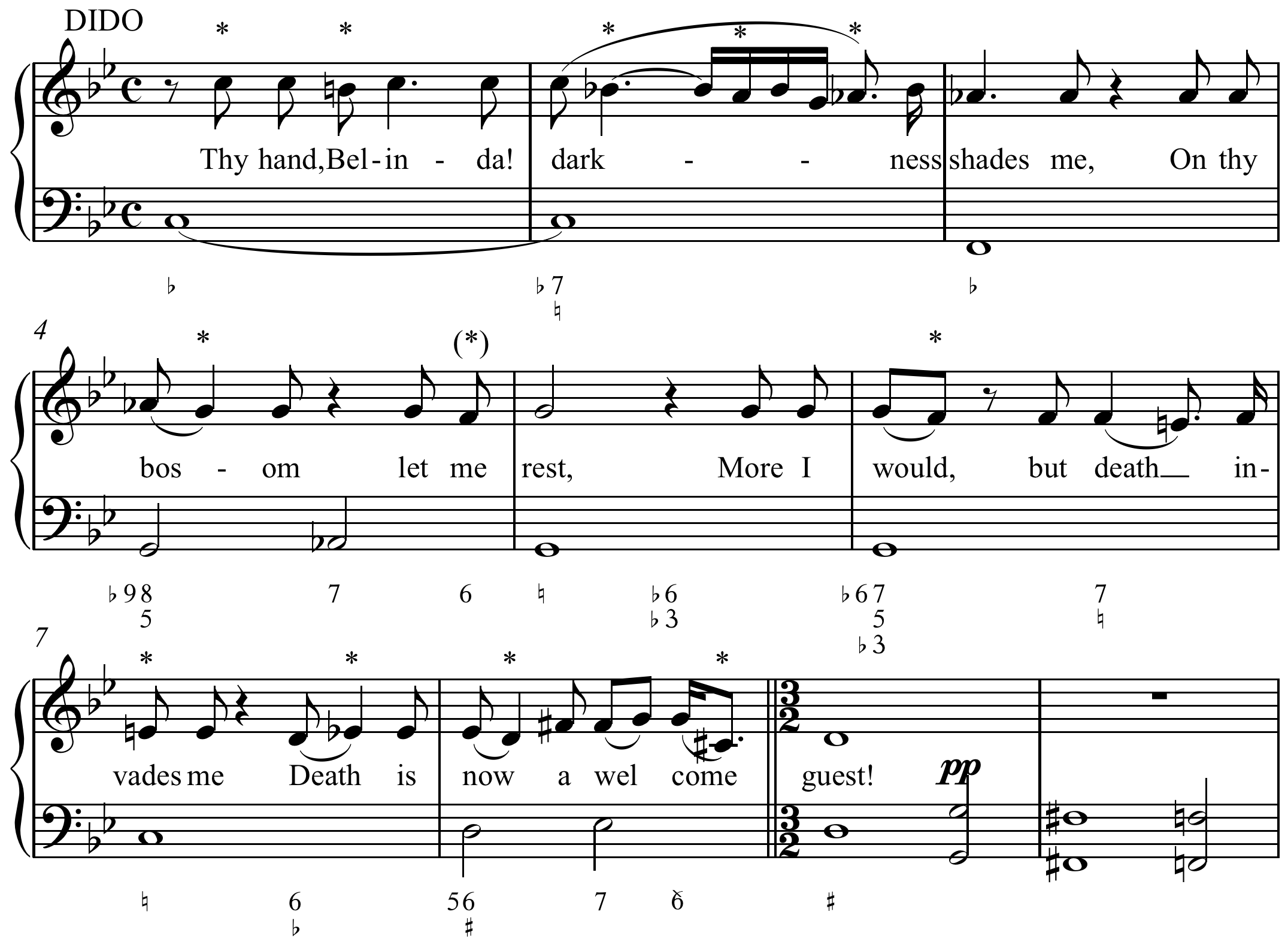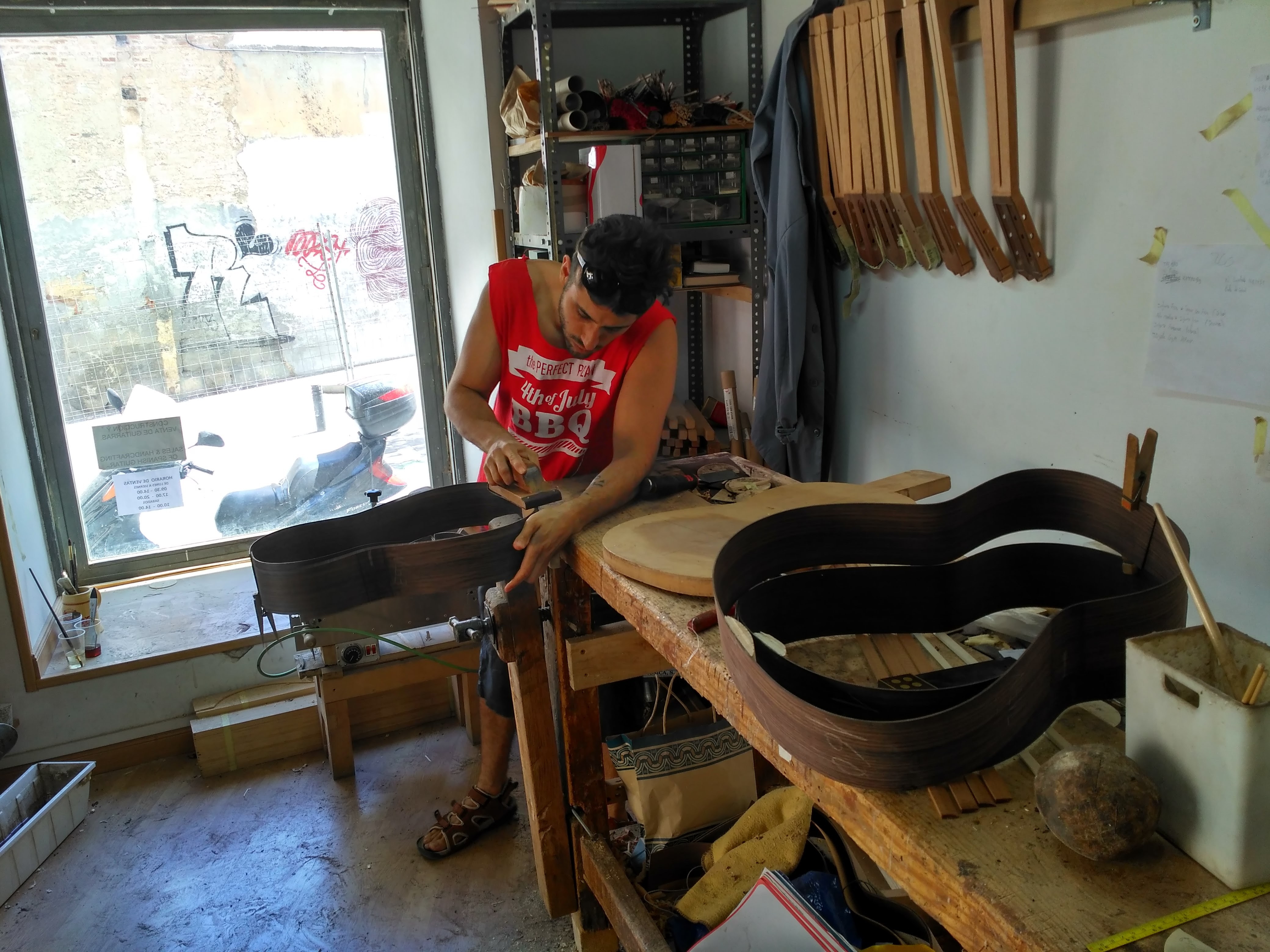|
Autoharp
An autoharp or chord zither is a string instrument belonging to the zither family. It uses a series of bars individually configured to mute all strings other than those needed for the intended chord. The term ''autoharp'' was once a trademark of the Oscar Schmidt Inc., Oscar Schmidt company, but has become a Generic trademark, generic designation for all such instruments, regardless of manufacturer. History Charles F. Zimmermann, a German immigrant in Philadelphia, was awarded a patent in 1882 for a “Harp” fitted with a mechanism that muted strings selectively during play. He called a zither-sized instrument using this mechanism an “autoharp.” Unlike later designs, the instrument shown in the patent was symmetrical, and the damping mechanism engaged with the strings laterally instead of from above. It is not known if Zimmermann ever produced such instruments commercially. Karl August Gütter of Markneukirchen, Germany, built a model that he called a ''Volkszither'', which ... [...More Info...] [...Related Items...] OR: [Wikipedia] [Google] [Baidu] |
Zither
Zither (; , from the Greek ''cithara'') is a class of stringed instruments. The modern instrument has many strings stretched across a thin, flat body. Zithers are typically played by strumming or plucking the strings with the fingers or a plectrum. In the Hornbostel–Sachs classification system, the term refers to a larger family of similarly shaped instruments that also includes the hammered dulcimer family and piano and a few rare bowed instruments like the bowed psaltery, bowed dulcimer, and streichmelodion. Like an acoustic guitar or lute, a zither's body serves as a resonating chamber ( sound box), but, unlike guitars and lutes, a zither lacks a distinctly separate neck assembly. The number of strings varies, from one to more than fifty. In modern usage the term "zither" usually refers to three specific instruments: the concert zither (), its variant the Alpine zither (each of which uses a fretted fingerboard), and the chord zither (more recently described as a ... [...More Info...] [...Related Items...] OR: [Wikipedia] [Google] [Baidu] |
String Instrument
In musical instrument classification, string instruments, or chordophones, are musical instruments that produce sound from vibrating strings when a performer strums, plucks, strikes or sounds the strings in varying manners. Musicians play some string instruments, like Guitar, guitars, by plucking the String (music), strings with their fingers or a plectrum, plectrum (pick), and others by hitting the strings with a light wooden hammer or by rubbing the strings with a bow (music), bow, like Violin, violins. In some keyboard (music), keyboard instruments, such as the harpsichord, the musician presses a key that plucks the string. Other musical instruments generate sound by striking the string. With bowed instruments, the player pulls a rosined horsehair bow across the strings, causing them to vibrate. With a hurdy-gurdy, the musician cranks a wheel whose rosined edge touches the strings. Bowed instruments include the string section instruments of the orchestra in Western classic ... [...More Info...] [...Related Items...] OR: [Wikipedia] [Google] [Baidu] |
Pinkerton's Assorted Colours
Pinkerton's Assorted Colours were an English pop music, pop musical ensemble, band active during the 1960s. They are best known for their 1965 release, "Mirror, Mirror", which reached No. 9 in the UK Singles Chart in February 1966. Career Formed in Rugby, Warwickshire, Rugby, Warwickshire as 'The Liberators', they became The Wild Ones 1962 - 1965,then changed the band name again to Pinkerton's Assorted Colours in 1965, and scored a Top 40, Top 10 hit record, hit with their first single (music), single release, "Mirror, Mirror" songwriter, Co written with Terry Stevenson and sung by bandmember Tony Newman (singer), Tony Newman. They were management, managed by Reginald Calvert, and supported by his then radio station, Radio City (pirate radio station), Radio City. Lack of further record chart, chart success found them dubbed one-hit wonders. Stuart Colman, Pinkerton’s one time bassist, went on to become a BBC Radio One Disc jockey, DJ, and later a record producer, producer for ... [...More Info...] [...Related Items...] OR: [Wikipedia] [Google] [Baidu] |
Harp
The harp is a stringed musical instrument that has individual strings running at an angle to its soundboard; the strings are plucked with the fingers. Harps can be made and played in various ways, standing or sitting, and in orchestras or concerts. Its most common form is triangular in shape and made of wood. Some have multiple rows of strings and pedal attachments. Ancient depictions of harps were recorded in Mesopotamia (now Iraq), Persia (now Iran) and Egypt, and later in India and China. By medieval times harps had spread across Europe. Harps were found across the Americas where it was a popular folk tradition in some areas. Distinct designs also emerged from the African continent. Harps have symbolic political traditions and are often used in logos, including in Ireland. Historically, strings were made of sinew (animal tendons). Other materials have included gut (animal intestines), plant fiber, braided hemp, cotton cord, silk, nylon, and wire. In pedal harp scor ... [...More Info...] [...Related Items...] OR: [Wikipedia] [Google] [Baidu] |
Musical Instrument Classification
In organology, the study of musical instruments, many methods of classifying instruments exist. Most methods are specific to a particular Culture, cultural group and were developed to serve the musical needs of that culture. Culture-based classification methods sometimes break down when applied outside that culture. For example, a classification based on instrument use may fail when applied to another culture that uses the same instrument differently. In the study of Western culture#Music, Western music, the most common classification method divides instruments into the following groups: * String instruments (often subdivided between plucked and bowed instruments); * Wind instruments (often subdivided between Woodwind instrument, woodwinds and Brass instrument, brass); * Percussion instruments; and * Electronic musical instrument, Electronic instruments Classification criteria The criteria for classifying musical instruments vary according to point of view, time, and place. Th ... [...More Info...] [...Related Items...] OR: [Wikipedia] [Google] [Baidu] |
Minor Chord
In music theory, a minor chord is a chord that has a root, a minor third, and a perfect fifth. When a chord comprises only these three notes, it is called a minor triad. For example, the minor triad built on A, called an A minor triad, has pitches A–C–E: In harmonic analysis and on lead sheets, a C minor chord can be notated as Cm, C−, Cmin, or simply the lowercase "c". A minor triad is represented by the integer notation . A minor triad can also be described by its intervals: the interval between the bottom and middle notes is a minor third, and the interval between the middle and top notes is a major third. By contrast, a major triad has a major third on the bottom and minor third on top. They both contain fifths, because a minor third (three semitones) plus a major third (four semitones) equals a perfect fifth (seven semitones). Chords that are constructed of consecutive (or "stacked") thirds are called '' tertian.'' In Western classical music from 1600 to ... [...More Info...] [...Related Items...] OR: [Wikipedia] [Google] [Baidu] |
Diatonic
Diatonic and chromatic are terms in music theory that are used to characterize scales. The terms are also applied to musical instruments, intervals, chords, notes, musical styles, and kinds of harmony. They are very often used as a pair, especially when applied to contrasting features of the common practice music of the period 1600–1900. These terms may mean different things in different contexts. Very often, ''diatonic'' refers to musical elements derived from the modes and transpositions of the "white note scale" C–D–E–F–G–A–B. In some usages it includes all forms of heptatonic scale that are in common use in Western music (the major, and all forms of the minor). ''Chromatic'' most often refers to structures derived from the chromatic scale in 12-tone equal temperament, which consists of all semitones. Historically, however, it had other senses, referring in Ancient Greek music theory to a particular tuning of the tetrachord, and to a rhythmic notati ... [...More Info...] [...Related Items...] OR: [Wikipedia] [Google] [Baidu] |
Major Chord
In music theory, a major chord is a chord (music), chord that has a root (chord), root, a major third, and a perfect fifth. When a chord comprises only these three notes, it is called a major Triad (music), triad. For example, the major triad built on C, called a C major triad, has pitches C–E–G: In harmonic analysis and on lead sheet, lead sheets, a C major chord can be notated as C, CM, CΔ, or Cmaj. A major triad is represented by the Pitch class#Integer notation, integer notation . A major triad can also be described by its Interval (music), intervals: the interval between the bottom and middle notes is a major third, and the interval between the middle and top notes is a minor third. By contrast, a minor triad has a minor third interval on the bottom and major third interval on top. They both contain fifths, because a major third (four semitones) plus a minor third (three semitones) equals a perfect fifth (seven semitones). Chords that are constructed of consecutive ... [...More Info...] [...Related Items...] OR: [Wikipedia] [Google] [Baidu] |
Luthier
A luthier ( ; ) is a craftsperson who builds or repairs string instruments. Etymology The word ' is originally French and comes from ''luth'', the French word for "lute". The term was originally used for makers of lutes, but it came to be used in French for makers of most bowed and plucked stringed instruments such as members of the violin family (including violas, cellos, and double basses) and guitars. Luthiers, however, do not make harps or pianos; these require different skills and construction methods because their strings are secured to a frame. Craft The craft of luthiers, lutherie (rarely called "luthiery", but this often refers to stringed instruments other than those in the violin family), is commonly divided into the two main categories of makers of stringed instruments that are plucked or strummed and makers of stringed instruments that are bowed. Since bowed instruments require a bow, the second category includes a subtype known as a bow maker or archetier ... [...More Info...] [...Related Items...] OR: [Wikipedia] [Google] [Baidu] |




